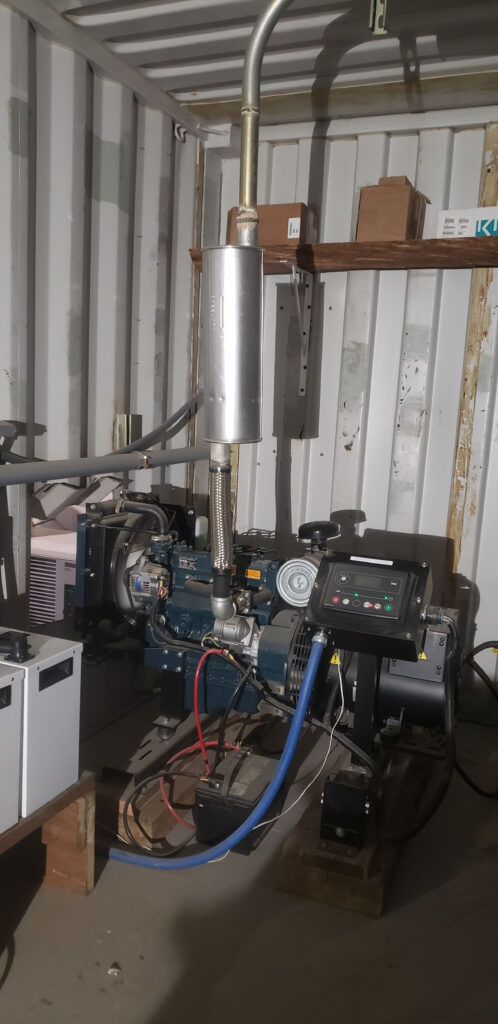- Description
We can help you backup your home or business with a variety of batteries types, sizes and chemistries. There are several types of batteries that can be used for backup power applications and the most suitable chemistry will depend on the specific needs and requirements of the site and use patterns. Here are some factors to consider when deciding which chemistry to use. Lifespan: Measured in total cycles, Cost: dollar per kWh, Placement: Will they be in warm or cold storage, Weight: Support infrastructure and ease of installation, Voltage: The higher the voltage the more efficient and small wires can be used, but it needs to match the inverter/charging system. Typical voltages are 12, 24, and 48 volts.
- Lead-acid batteries: Lead-acid batteries are a common choice for backup power systems due to their low cost and proven reliability. They are well-suited for applications with moderate to high power requirements, but they have a relatively low energy density and are not well-suited for applications with high cycling demands such as charging from a generator more than once a day. They can also require maintenance, such as adding distilled water and equalizing once a month.
- Lithium-ion batteries: Lithium-ion batteries have a high energy density and a long lifespan, making them a good choice for backup power systems with high power requirements. They are also well-suited for applications with moderate cycling demands. However, they can be more expensive to purchase than other chemistries.
- Lithium titanate: Lithium titanate (Li4Ti5O12 or LTO) is a type of lithium-ion battery that uses lithium titanate as the cathode material. It is well-suited for applications that require rapid charging and discharging, but it has a lower energy density than other types of lithium-ion batteries.
- Lithium iron phosphate: Lithium iron phosphate (LiFePO4 or LFP) is a type of lithium-ion battery that uses lithium iron phosphate as the cathode material. It has a high energy density and a long lifespan, making it a good choice for backup power systems with high power requirements. It is also relatively safe and stable, with a low risk of thermal runaway. However, it has a lower charge and discharge rate than other types of lithium-ion batteries.
When deciding which battery chemistry to use for a backup power system, it is important to consider the specific power and cycling requirements of the system, as well as the cost and environmental impacts of the different chemistries. H and K can guide you in choosing the proper battery chemistry for your application and budget.
- Videos
- More Services





